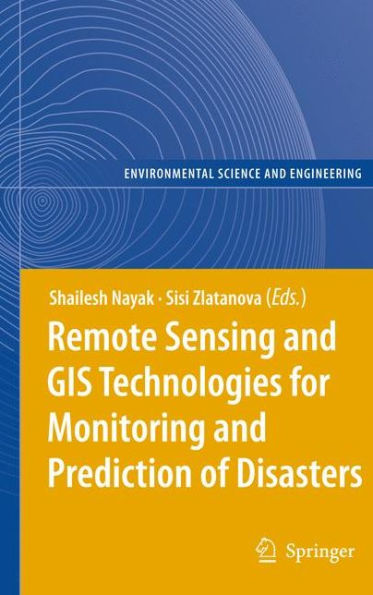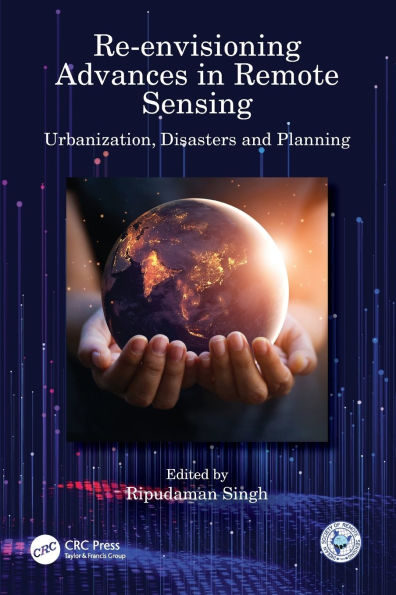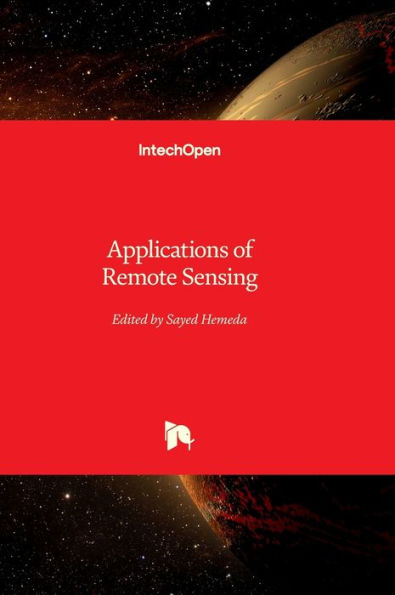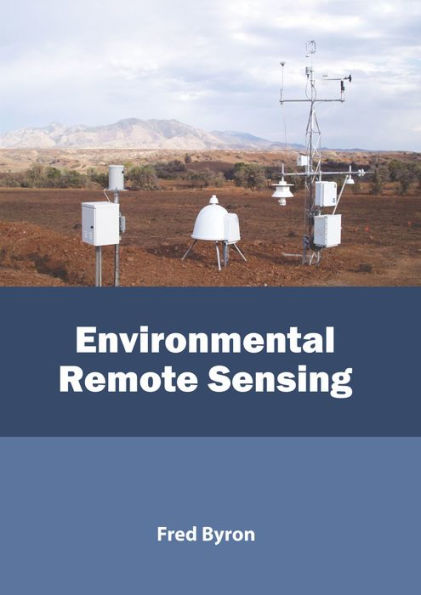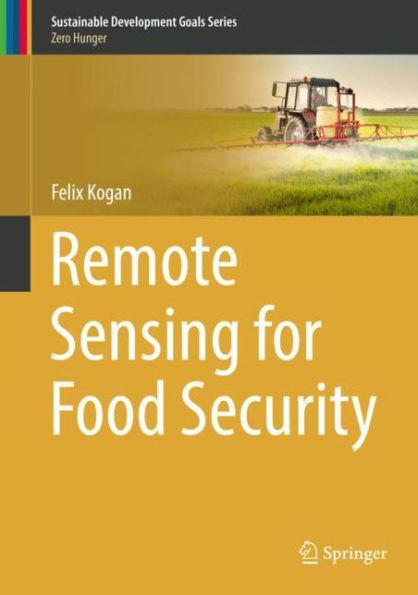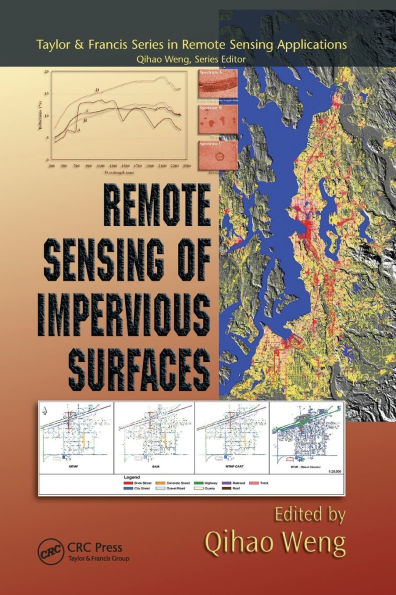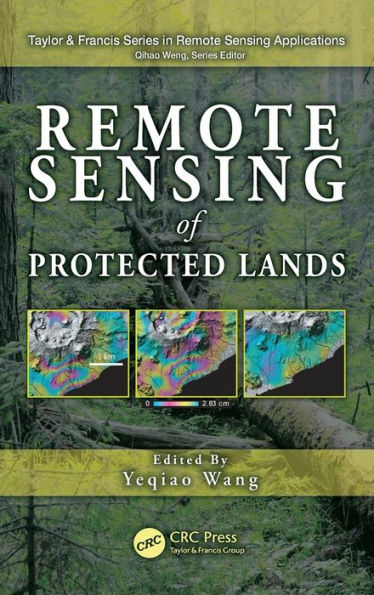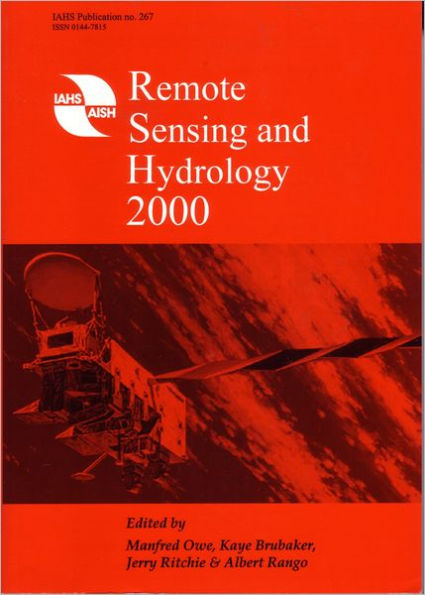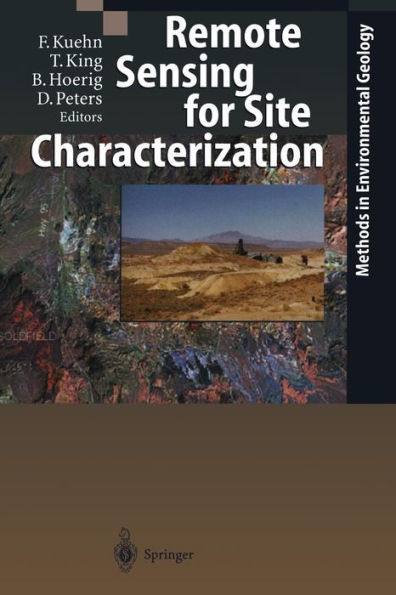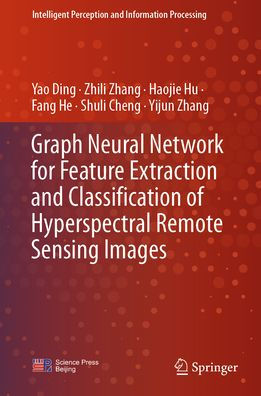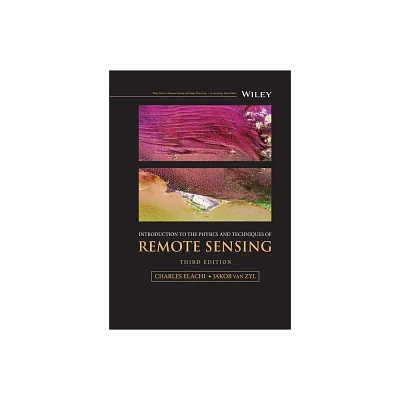Home
Nanotechnology-Based Smart Remote Sensing Networks for Disaster Prevention
Loading Inventory...
Barnes and Noble
Nanotechnology-Based Smart Remote Sensing Networks for Disaster Prevention
Current price: $230.00


Barnes and Noble
Nanotechnology-Based Smart Remote Sensing Networks for Disaster Prevention
Current price: $230.00
Loading Inventory...
Size: Paperback
*Product Information may vary - to confirm product availability, pricing, and additional information please contact Barnes and Noble
Nanotechnology-Based Smart Remote Sensing Networks for Disaster Prevention
outlines how nanotechnology and space technology could be applied for the detection of disaster risks in early stages, using cheap sensors, cheap constellations of low Earth orbit (LEO) satellites, and smart wireless networks with artificial intelligence (AI) tools.
Nanomaterial-based sensors (nanosensors) can offer several advantages over their micro-counterparts, such as lower power or self-powered consumption, high sensitivity, lower concentration of analytes, and smaller interaction distances between the object and the sensor. Besides this, with the support of AI tools, such as fuzzy logic, genetic algorithms, neural networks, and ambient intelligence, sensor systems are becoming smarter when a large number of sensors are used.
This book is an important reference source for materials scientists, engineers, and environmental scientists who are seeking to understand how nanotechnology-based solutions can help mitigate natural disasters.
outlines how nanotechnology and space technology could be applied for the detection of disaster risks in early stages, using cheap sensors, cheap constellations of low Earth orbit (LEO) satellites, and smart wireless networks with artificial intelligence (AI) tools.
Nanomaterial-based sensors (nanosensors) can offer several advantages over their micro-counterparts, such as lower power or self-powered consumption, high sensitivity, lower concentration of analytes, and smaller interaction distances between the object and the sensor. Besides this, with the support of AI tools, such as fuzzy logic, genetic algorithms, neural networks, and ambient intelligence, sensor systems are becoming smarter when a large number of sensors are used.
This book is an important reference source for materials scientists, engineers, and environmental scientists who are seeking to understand how nanotechnology-based solutions can help mitigate natural disasters.
